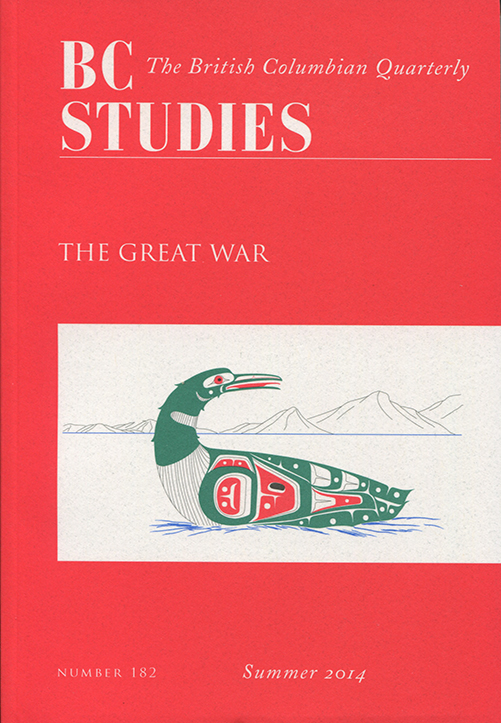A Militia History of the Occupation of the Vancouver Island Coalfields, August 1913
DOI:
https://doi.org/10.14288/bcs.v0i182.184271Keywords:
Militia, Aide to Civil Power, Strike, military history, Vancouver Island, coal mining, strikes and lockoutsAbstract
For two weeks in August 1913, well over a thousand troops from six of British Columbia’s militia regiments descended upon Nanaimo and the surrounding area in response to an outbreak of violence between striking coal miners, replacement workers, and colliery bosses. While remnants of the militia would remain in the area for nearly a year after their initial deployment, it is the closing weeks of August 1913 that has captured the attention as the ultimate abuse of power by government and their allies, the colliery bosses, to swiftly bring an end to a strike then entering into its second year. A century after the event however, existing narratives of the militia’s occupation of the mid-island mining towns remains mired in local myth and skewed by a fierce bias in support of the forces of labour. Perhaps now, at the eve of the centennial of the Nanaimo occupation, it is time to revisit this chapter with some sensitivity to the one-thousand British Columbians of all classes and backgrounds who were called upon to stand duty in Vancouver Island’s mine towns. The 1913 occupation deserves the same historical scrutiny as any of Canada’s more notorious aide to civil power operations, and this account in no way argues against the notion that the militia’s presence in the strike region was predicated on getting back to business-as-usual as much as it was on ensuring public safety. In fact, this narrative makes no attempt to explain why, or for that matter, how the militia was called into the troubled region, and ultimately makes no attempt to determine whether the occupation was just. Instead, this article aims to fill a void in an historical record that is still very much directed by lore and legend. It attempts to reverse the immediate negative connotations that come to mind when local historians mention the Militia, as a monolithic and nefarious entity, and instead to illustrate the proud and unique identites of each regiment. Ultimately however, a socially oriented historian would agree that a largely volunteer militia unit would have contained men from various strata of society. The calling out of more than one thousand of these men tested not only their military readiness, but undoubtedly plied at their conscience as well.Downloads
Additional Files
Published
2014-04-24
Issue
Section
Articles



